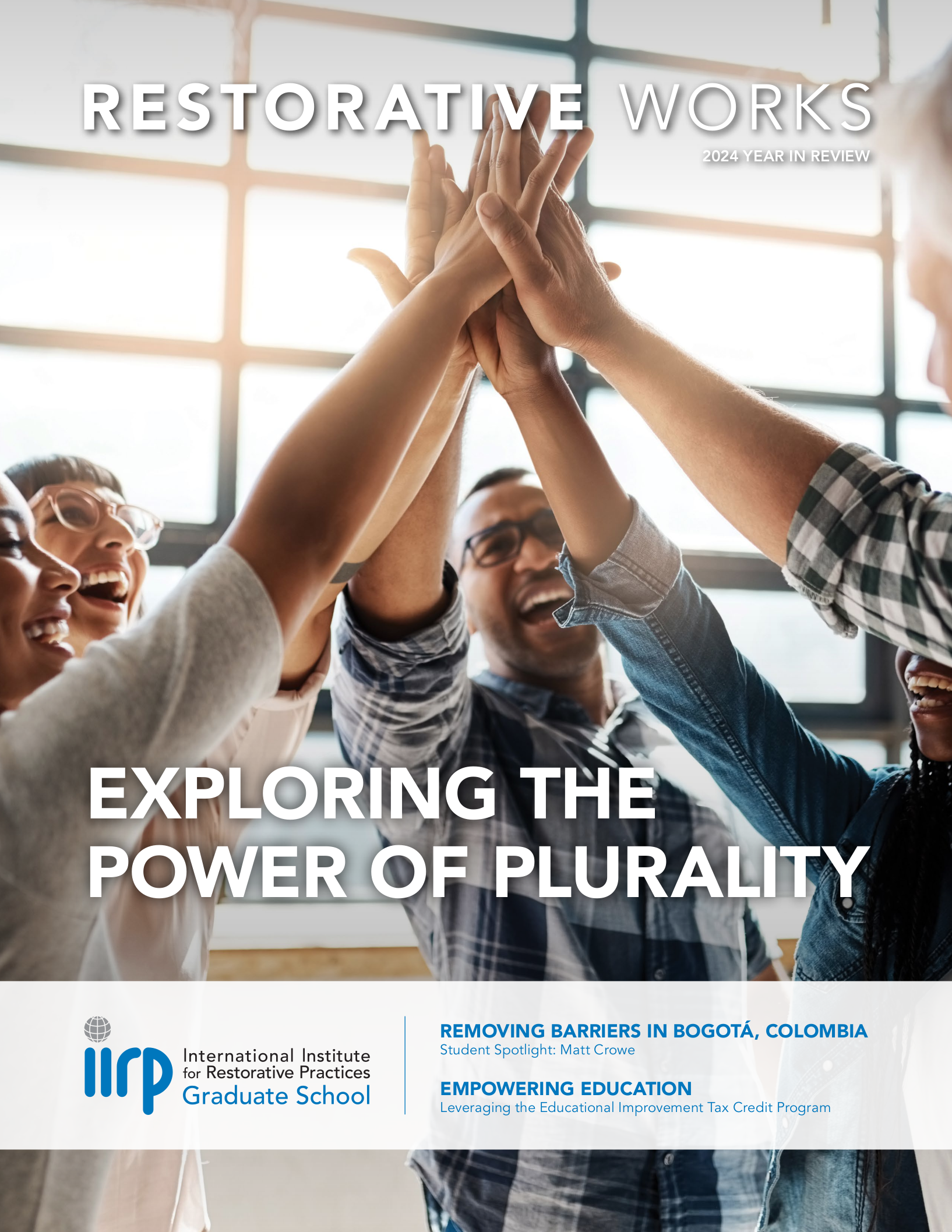 Diane Lefer discusses restorative justice in Los Angeles schools in the LA ProgressiveThis post from the LA Progressive by Diane Lefer discusses a lot of the issues that are coming to the fore in many urban centers with regard to schools, including the failure of zero tolerance policies and the stigmatization of the "school-to-prison pipeline," often for minor offenses; the role of community activists in changing school policies; and restorative justice practices as a key to devising new solutions to legitimate concerns about discipline problems in schools and the lack of a safe, inclusive environment.
Diane Lefer discusses restorative justice in Los Angeles schools in the LA ProgressiveThis post from the LA Progressive by Diane Lefer discusses a lot of the issues that are coming to the fore in many urban centers with regard to schools, including the failure of zero tolerance policies and the stigmatization of the "school-to-prison pipeline," often for minor offenses; the role of community activists in changing school policies; and restorative justice practices as a key to devising new solutions to legitimate concerns about discipline problems in schools and the lack of a safe, inclusive environment.
I was particularly struck by this statement by Judge Donna Grosman that "school is the center of the community," which correlates very nicely with IIRP's notion of school-based restorative zones that radiate out into the community.
“Here lies the solution to a lot of issues that arise in juvenile justice,” said Donna Groman, and she ought to know. As a Superior Court judge serving at Eastlake Juvenile Court, she has years of experience with the current system. “I see 10-year-olds in court. Why are they there? They are arrested by school police,” and she pointed out, “We are not talking about crimes that endanger the community.” She sees young children who sit in a waiting room with older gang-involved youth. “They are missing school. Their parents are missing work.” She has seen how slowly the court system moves, so that a troubled family may wait months without anyone asking questions or providing services or taking action. In the meantime, children may be denied reentry to school. And school, she believes, is where the response to disciplinary infractions should happen. “School is the center of the community. Court is not the center of the community and the community is where the problems of youth should be addressed.”
In addition to uses of restorative justice as a response to wrongdoing in schools, the article also emphasizes the use of what are called "council circles":
Twenty-five LAUSD schools now regularly use council circles, either incorporated into instruction (so that personal responses and critical thinking can be encouraged, for example, in literature and social studies classes), or with specific times to address school issues allocated on the schedule, or called for when problems in the classroom arise. Circles are a first step ... to creating a web of connectedness, making sure each kid feels seen, listened to, and respected.
The piece in substantive and describes an ambitious program underway in Los Angeles to change the culture of their schools. The article concludes:
Face-to-face caring conversations in our classrooms: this is very different from teaching to the test.
For now, the change in our schools is just beginning. Full implementation of restorative justice will take years but LAUSD hopes to be a model for the nation in creating an educational climate in which students feel like valued members of the school community – open to learning academic subjects and life lessons in a way that is nurturing, respectful, and humane.

